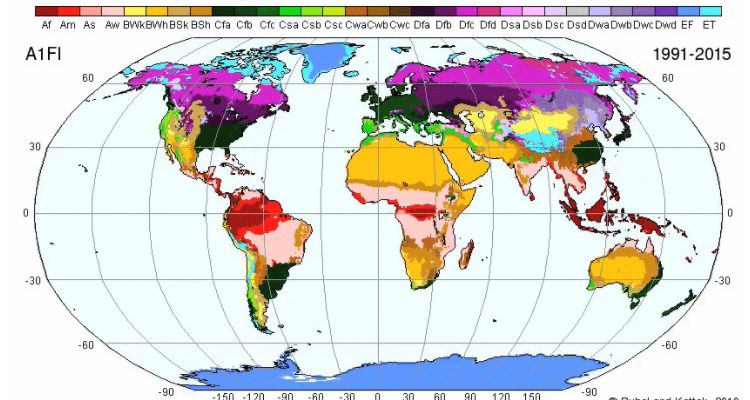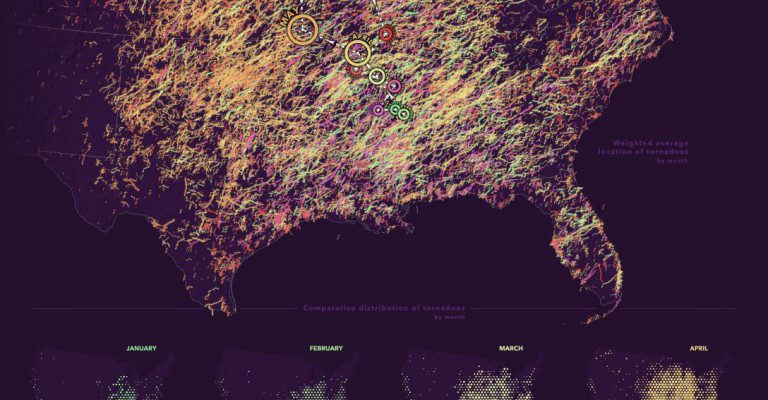Climate science
-

Floods are a liquid disaster caused by heavy precipitation or training storms which drop their moisture over the same spot over and over again. Slow-moving storms and saturated soils can contribute to the volume of water that comes down the river channels. In some parts of the country, rain falling on snow makes rapid snowmelt…
-

Some recently published research by a group of Florida State University scientists has shown that while total rainfall across Florida has remained constant, urban areas are receiving that rain in shorter, more intense bursts than areas that are rural in nature. Their research links this to changes in land use and land cover in the…
-

NOAA’s latest climate blog features a post from Kathryn Hansen of NASA on recent trends in the onset of spring as measured by ecologists at national parks across the US. They tabulated the time of blooms and first leaf of key species like cherries and looked the trends in those times to determine the onset…
-

The Köppen-Geiger climate classification scheme is used by geographers to categorize different climate zones by temperature and precipitation. By looking at how those are likely to change over time, scientists have created this animated map showing how those zones are likely to move as the climate gets warmer. In the Southeast we don’t see many…
-

According to some newly published research in the peer-reviewed Journal of Climate, the Sahara Desert has expanded by 10 percent since 1920. Many deserts form in the belt of sinking air located around 30 degrees N and S latitude. This sinking air is associated with the Hadley cell, a vertical circulation of air linked to…
-

The University of Florida IFAS Extension newsletter posted a good scientific review of temperature inversions in the atmosphere that you might find useful. For this time of year they are especially important to know about because some frost prevention methods like using fans or helicopters depend on the presence of an inversion to help bring…
-

The Adventures in Mapping blog has a story this week about how the season migration in tornado events can be mapped just like the migration of wildebeest or other wandering animal or bird species. Tornadoes undergo a seasonal cycle of occurrence that is ultimately related to the sun’s angle, which changes over the course of…